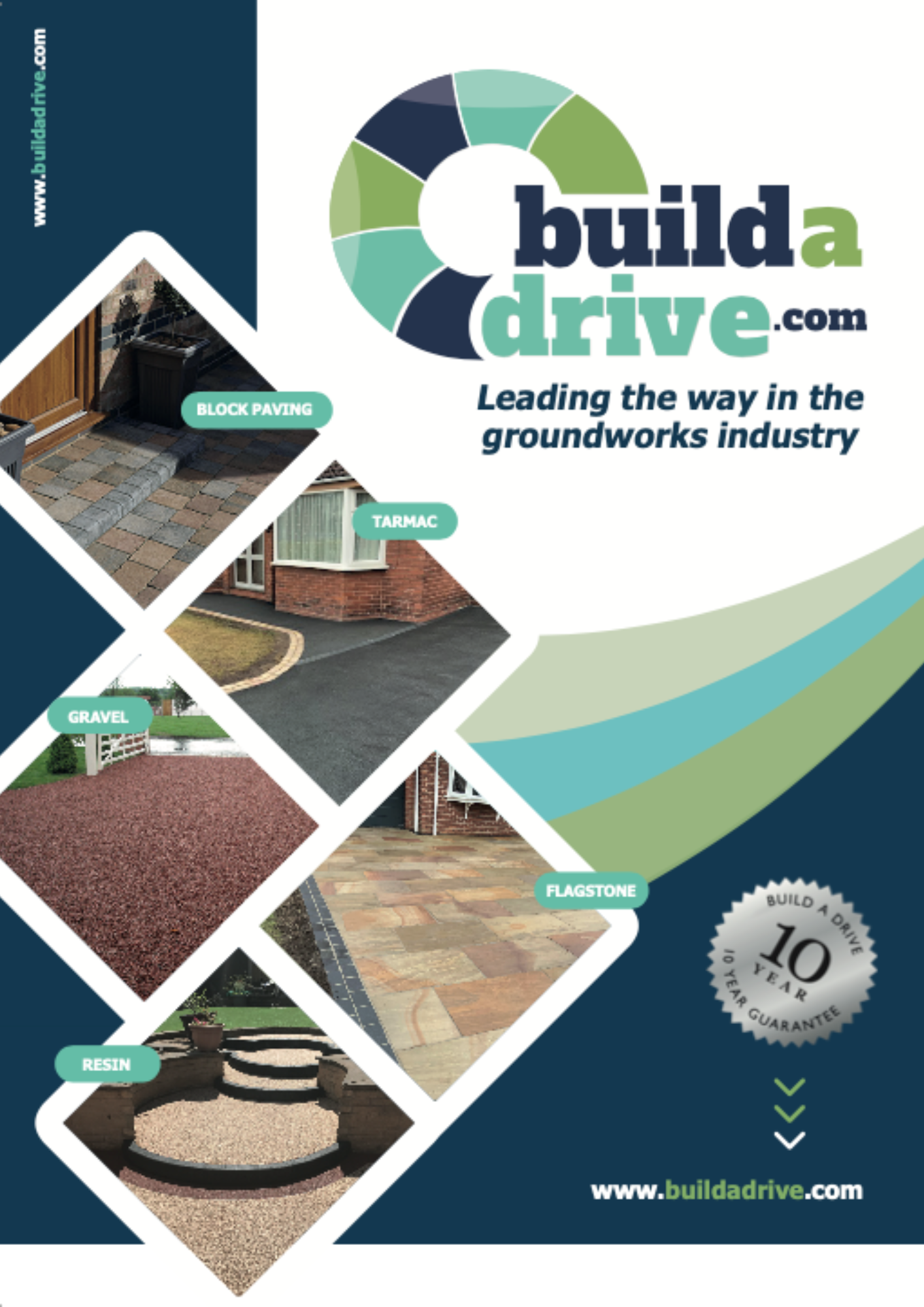
About Tarmac
Tarmac has been around for years and with good reason. Tarmac is a really good, cost effective solution for creating a hard standing for vehicles. A tarmac driveway properly installed will really stand the test of time and can be used for a functional surface for many years.
The appearance is not overwhelming, but if some thought is given to the design using nice blocks or sets on the entrance and edges, a tarmac driveway becomes a beautiful addition to any home and a good investment.
Tarmac has always been and still is the best value when it comes to creating a long lasting hard standing that will stand the test of time.
All specifications and processes of work are designed for footpaths and residential driveways.
Main Advantages of Tarmac Driveways
- Cost effective
- Durable
- Practical
- Low maintenance
Main Disadvantages of Tarmac Driveways
- Not much Kerb appeal
- Can be affected by dry steering with vehicle
- Will fade from black to light grey over time
What to expect after your tarmac driveway has been installed?
We’d always recommend as a precaution measure, that you shouldn’t attempt to drive on a tarmac surface for the first 3 days after the installation process has been completed. This is when you’ll find the surface at its softest, any vehicle movement could lead to indentations. However pedestrian footfall won’t have any impact on the surface, and should be suitable shortly after the tarmac has been installed.
Types of tarmac damage should they occur and how to protect against them
Tarmac is a very low maintenance driveway surface and if looked after can last a lifetime with very little up keep, but on occasion during the lifespan of the driveway damage may occur. If you’re prepared for such events they are easier to prevent from happening.
- Scuffs – These normally occur on a pristine, new tarmac driveway when wheels are turned whilst the vehicle sits stationary. You’ll find that these tend to be superficial so no lasting damage will occur, by avoiding motionless wheel turns will prevent this.
- Indentations – A sun-warmed driveway that is still quite new can be indented by heavy items being placed direct on the surface, common items as an example include ladders and car jacks. The best way to avoid such indentations would be placing something hard between the object and the surface such as plywood distributing the weight of the heavy item evenly rather than creating a pressure point.
- Should a spillage occur on the surface such as oil they should be soaked up at the earliest opportunity with substances such as sand or sawdust then thoroughly washed away with water. Persistent spillages can lead to weaken the tarmac and potentially lead to cracks.
Annual Maintenance and Cost of Tarmac Driveways
With a tarmac driveway it's important to keep any hard debris or loose material off the finished surface as when trafficked the hard debris will become abrasive to the smooth surface.
The best way to maintain tarmac is use a leaf blower or fan attachment on a jet wash to keep any loose debris from the surface. If using a jet wash avoid using a turbo lance, as if powerful enough it will damage the surface.
A good weed and algae inhibitor is good practice, along with a rinse down with a hose and sweep with a stiff broom. Expect to pay £2.00-£2.50 per SQM for a professional company to maintain your surface annually.
If you’d like to keep your tarmac driveway protected and looking at its very best for longer then we’d suggest an annual application of sealant to the surface, this will protect the tarmac from spillages and other elements such as the weather.
For reduced rates on maintenance check out www.powercleanuk.com or contact them on 0113 260 8970 to get an estimate. Be sure to quote your Buildadrive.com job number and receive a 10% discount.
Warranty With This Installation
Our tarmac surfaces come with a 10 year warranty.
.jpg)
 (1).jpg)





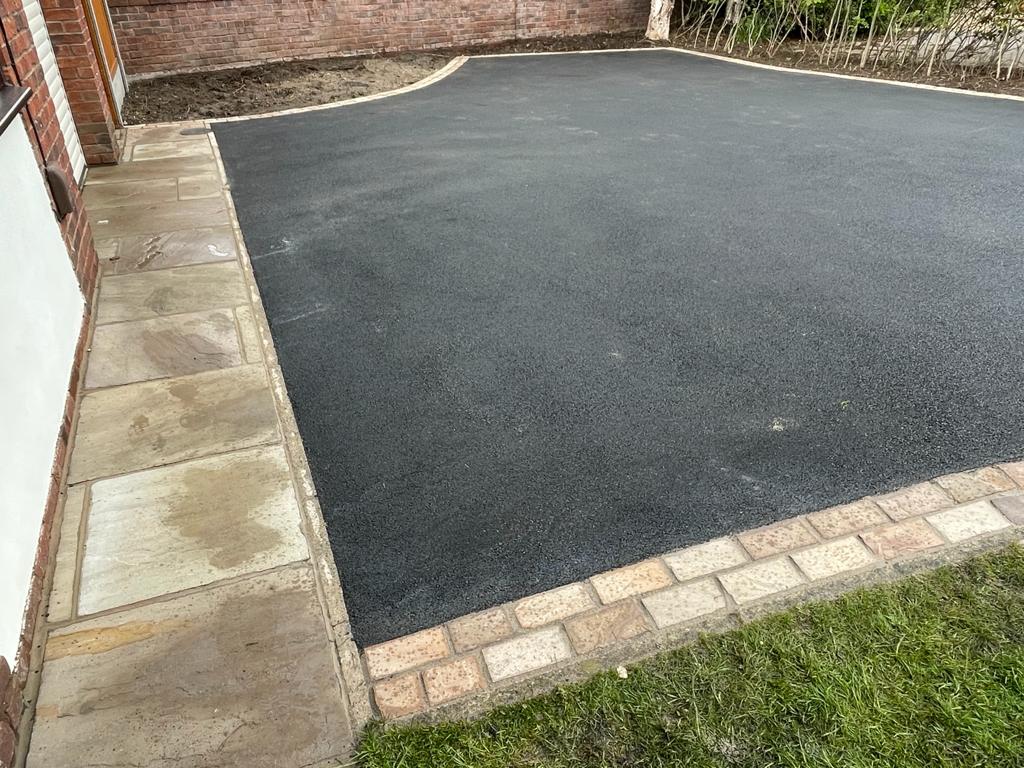
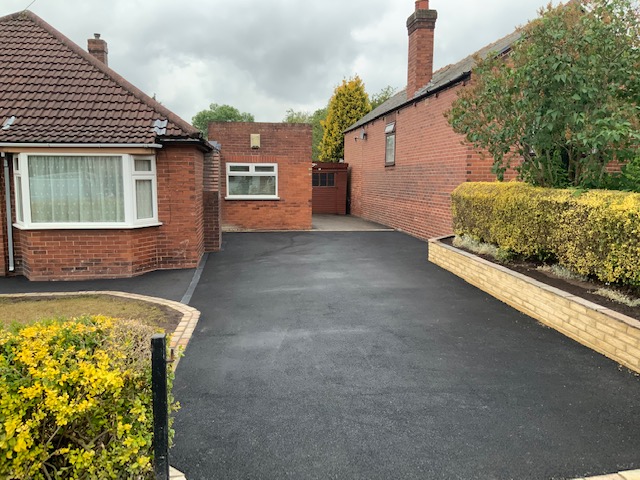
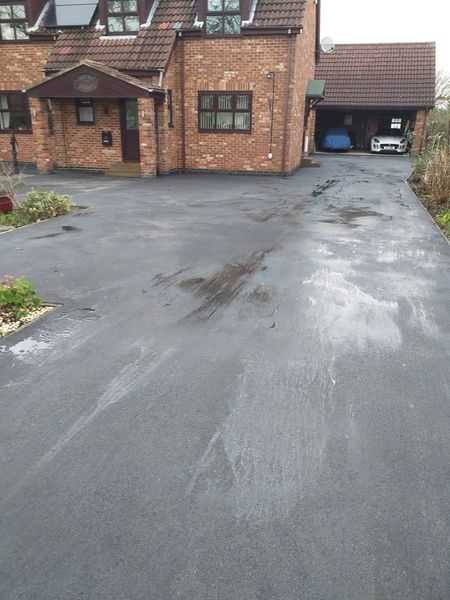
.jpg)
.jpg)
.jpg)
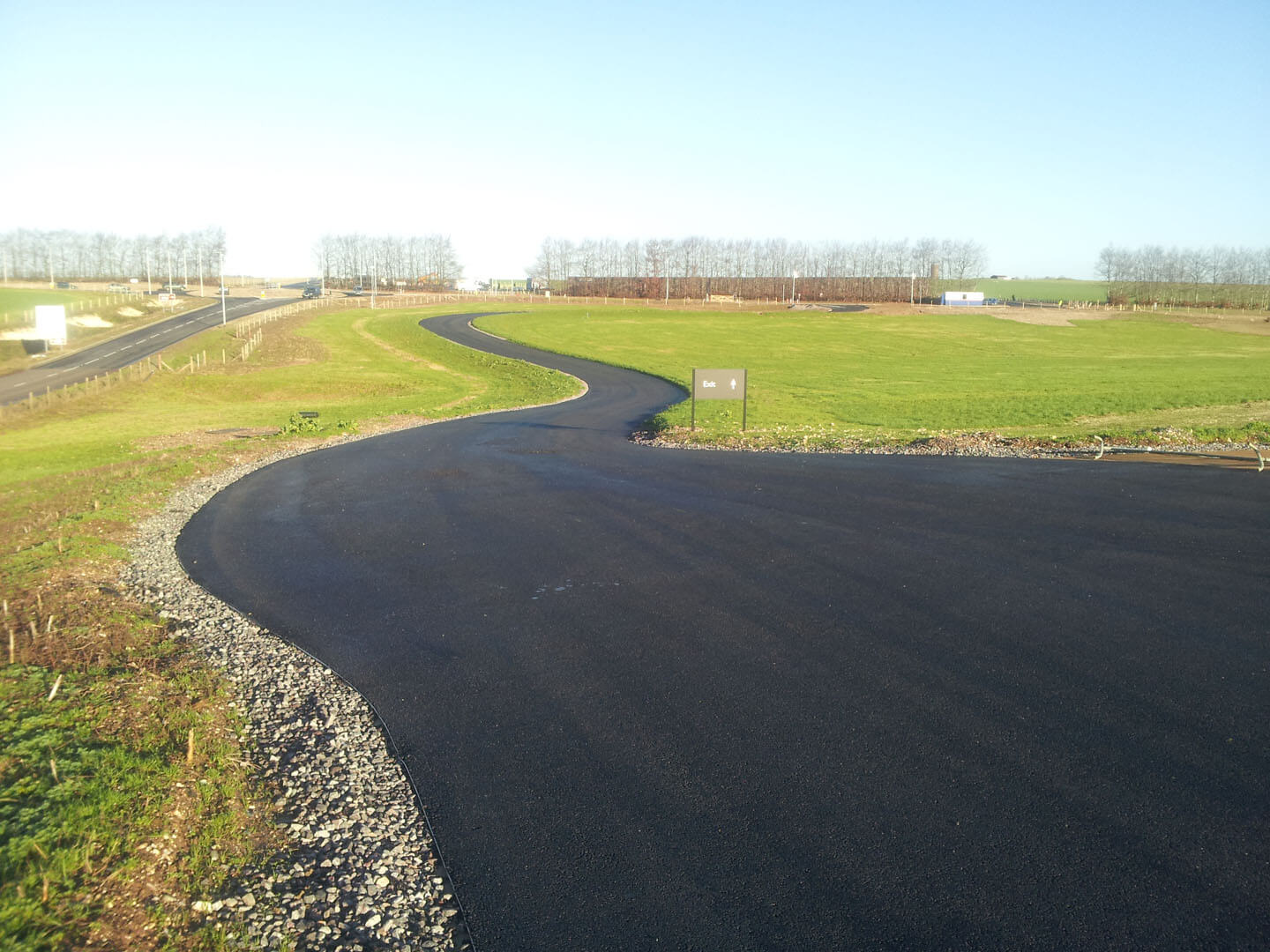
.jpg)
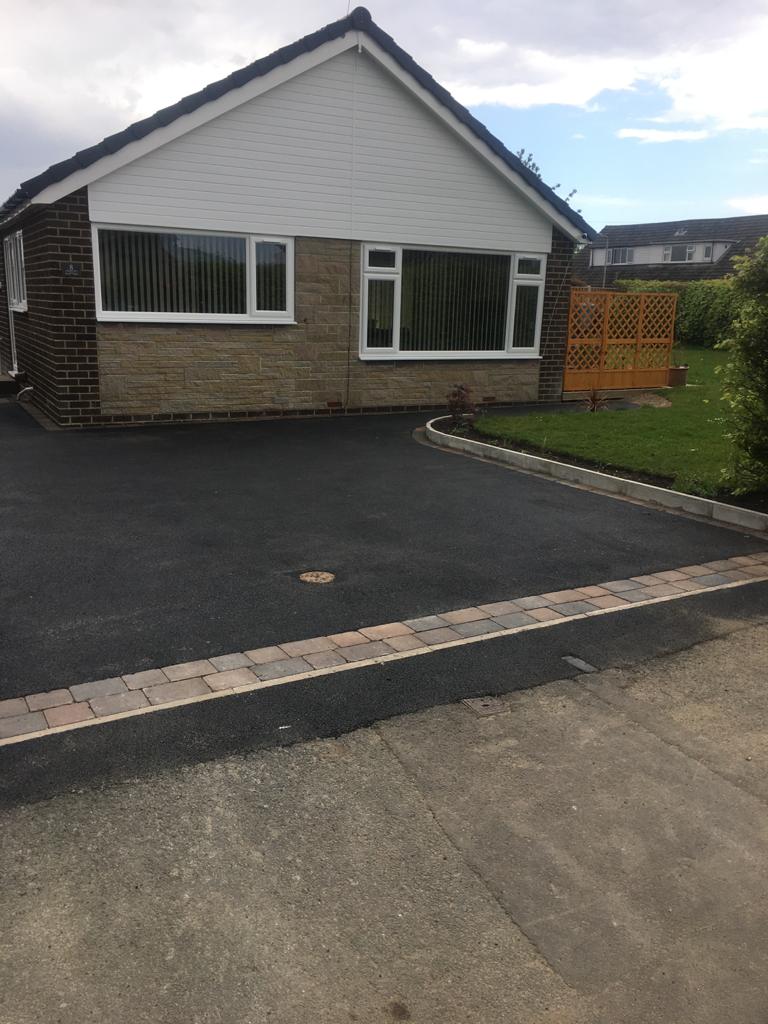
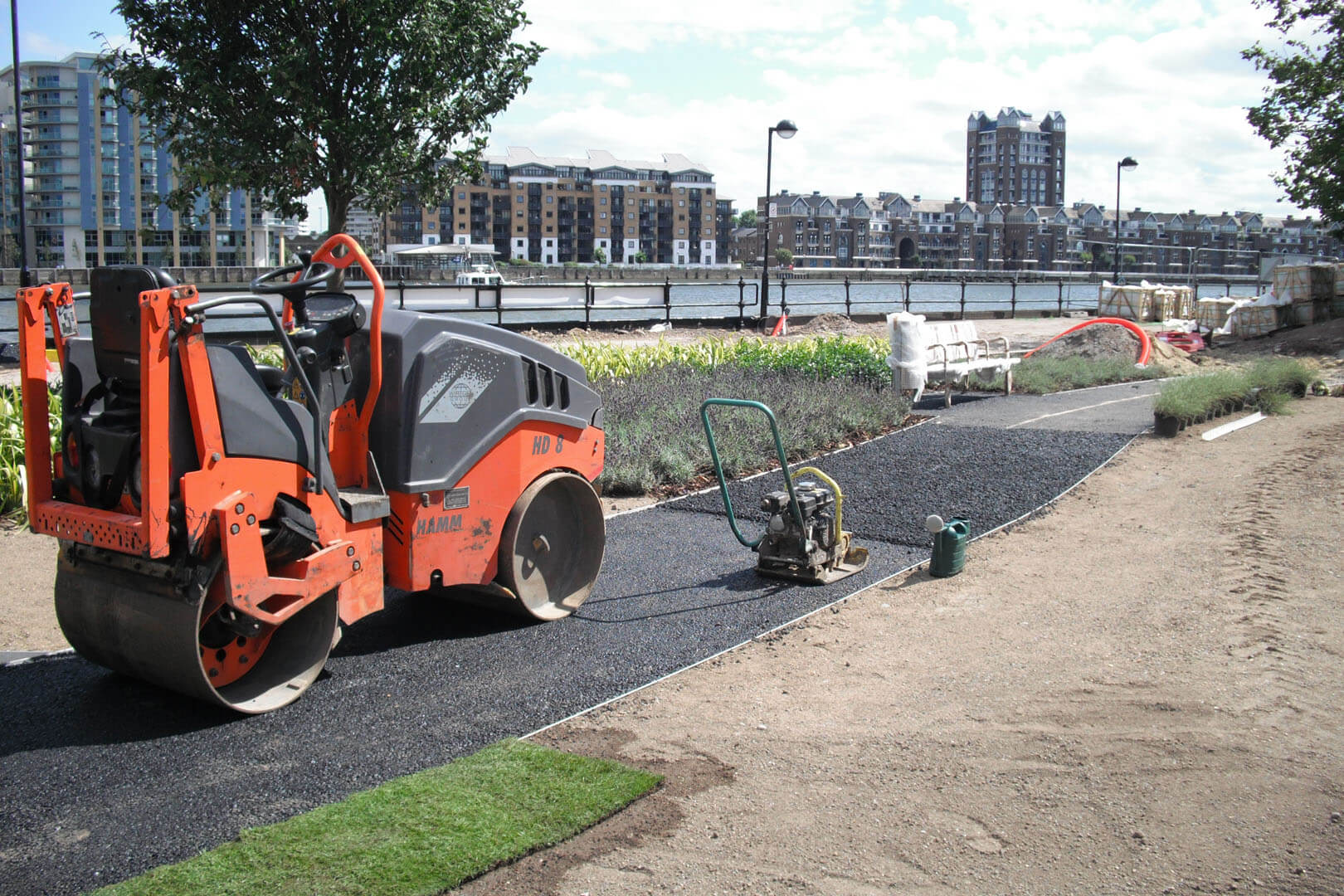
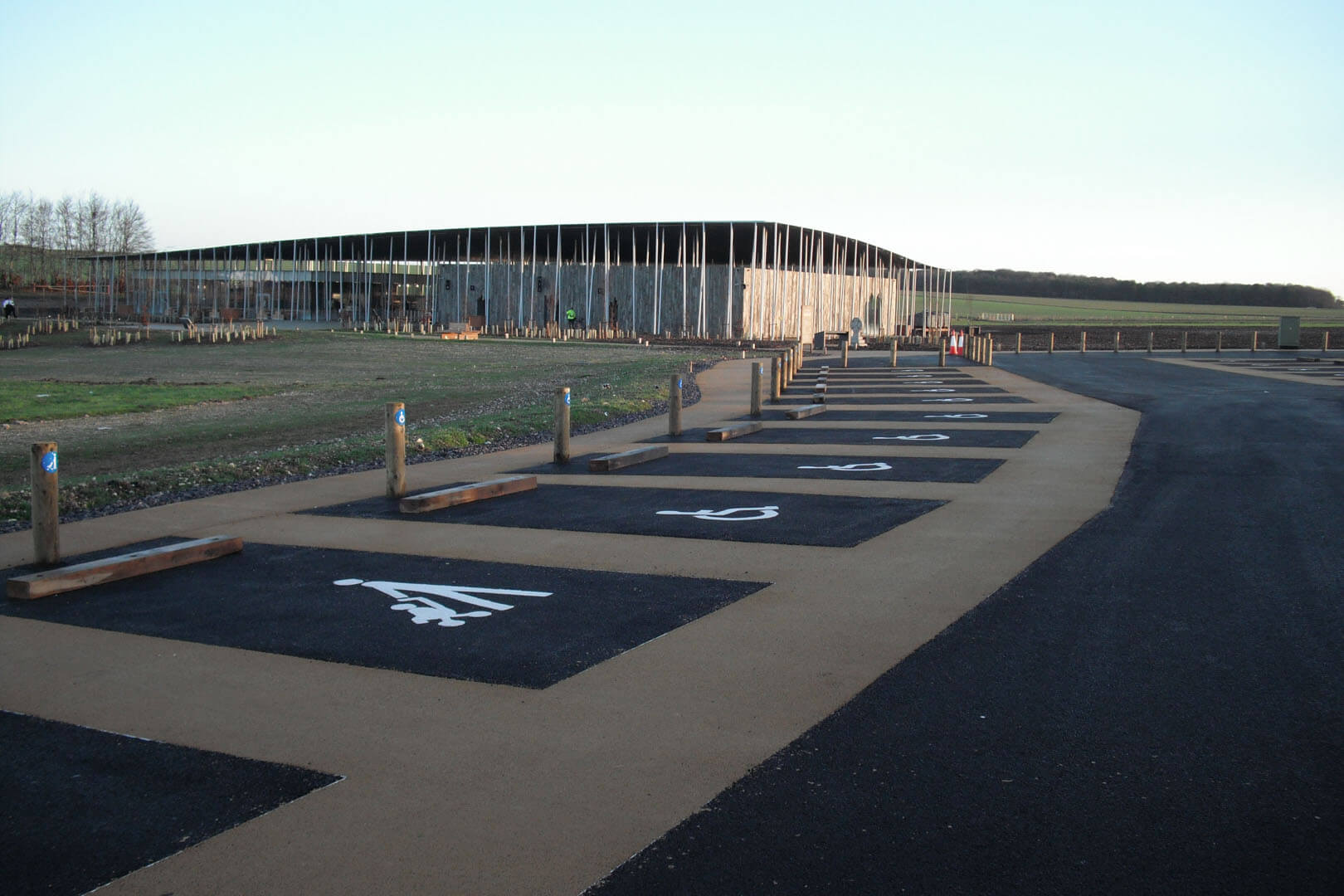
.jpg)
.jpg)

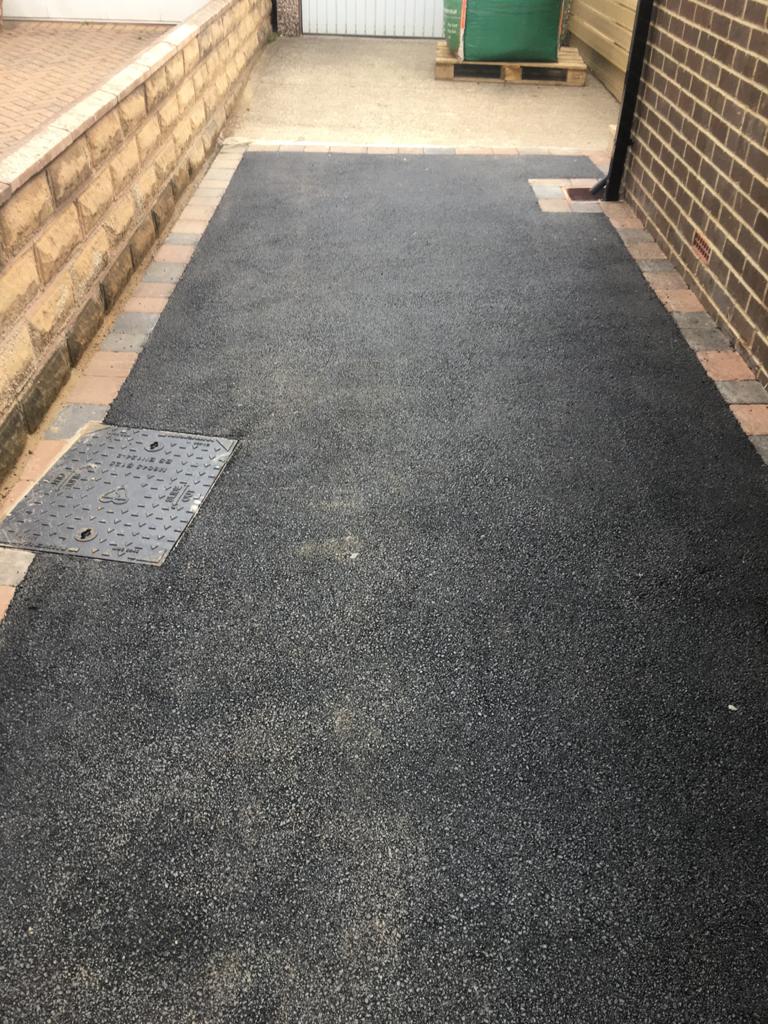
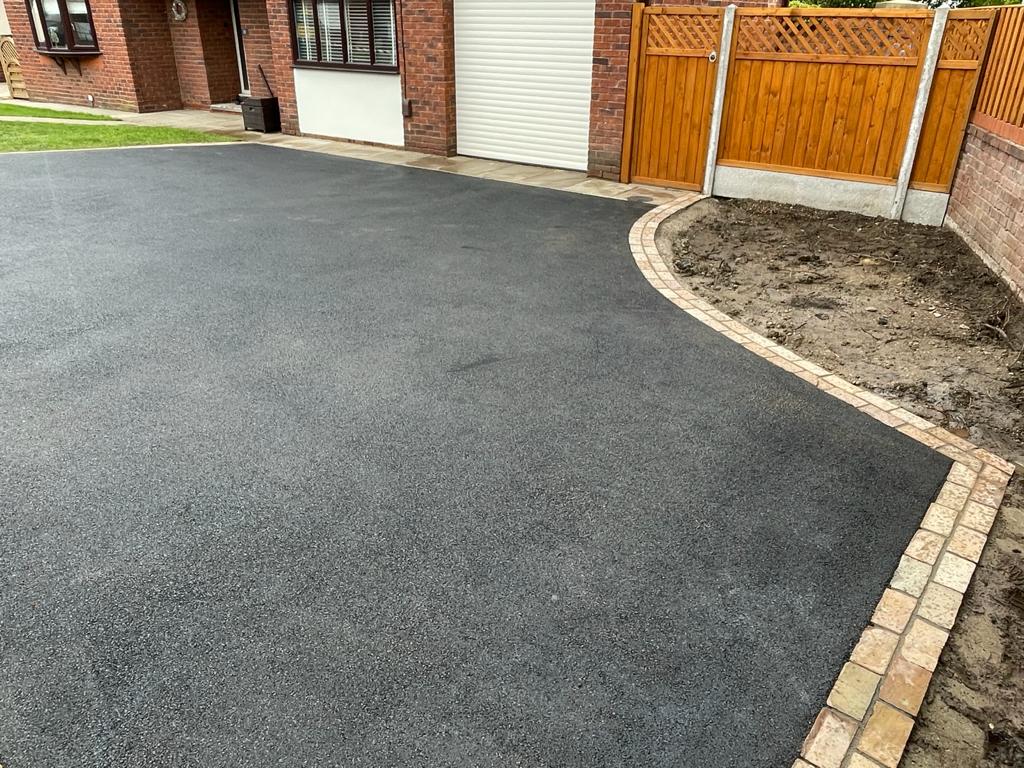

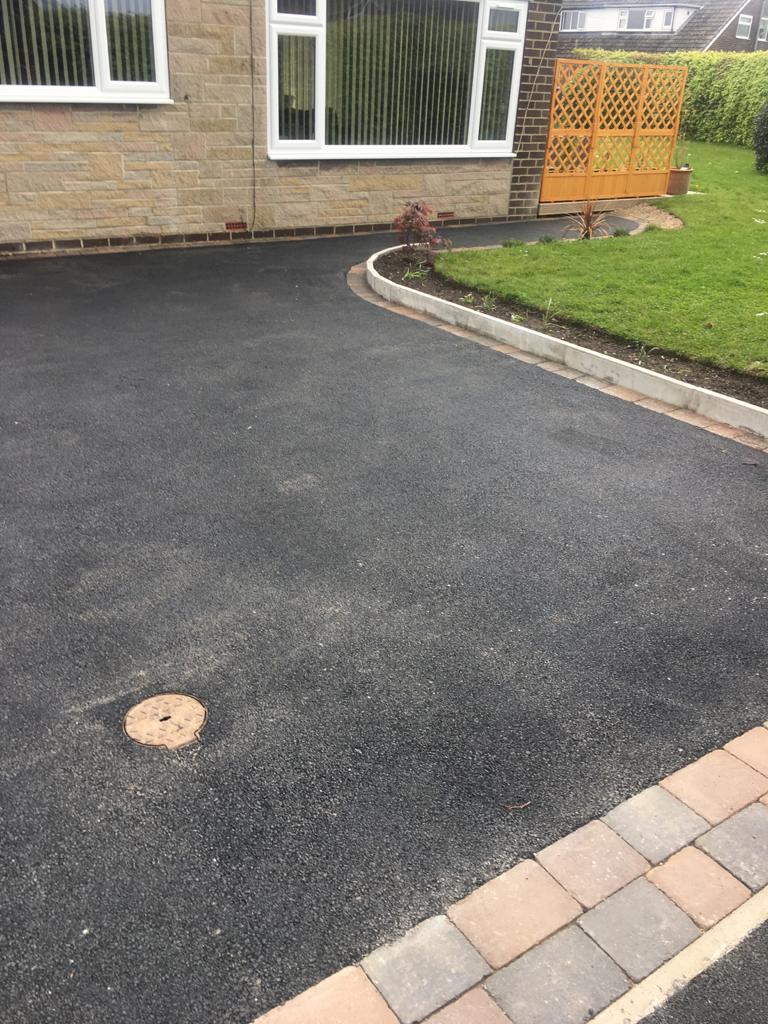
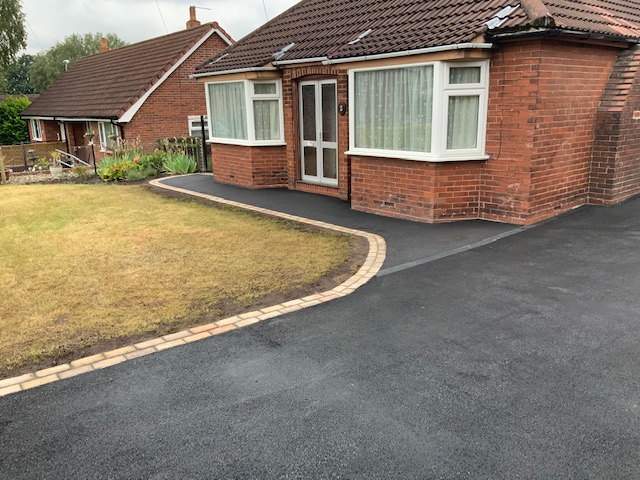
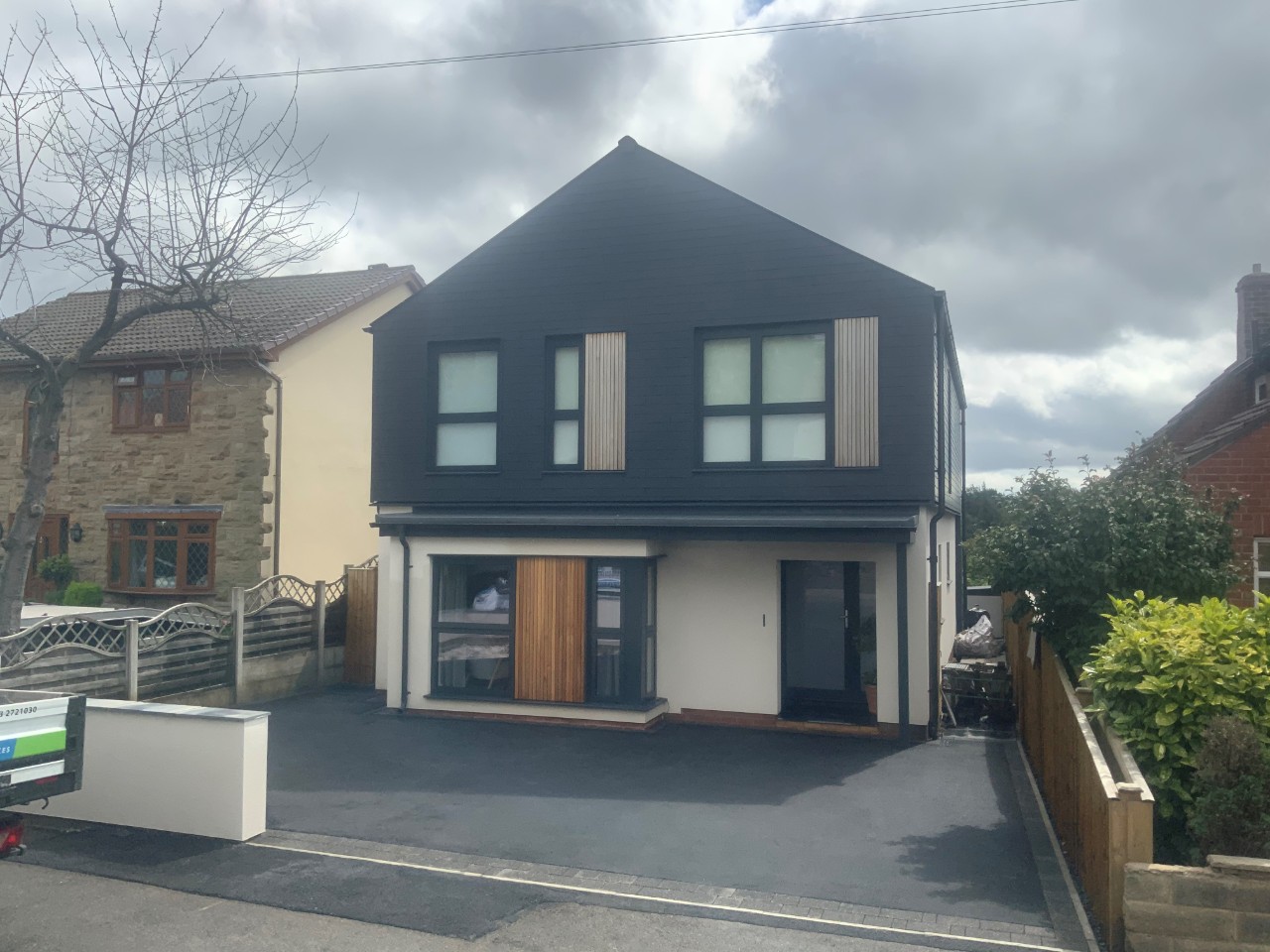
.jpg)
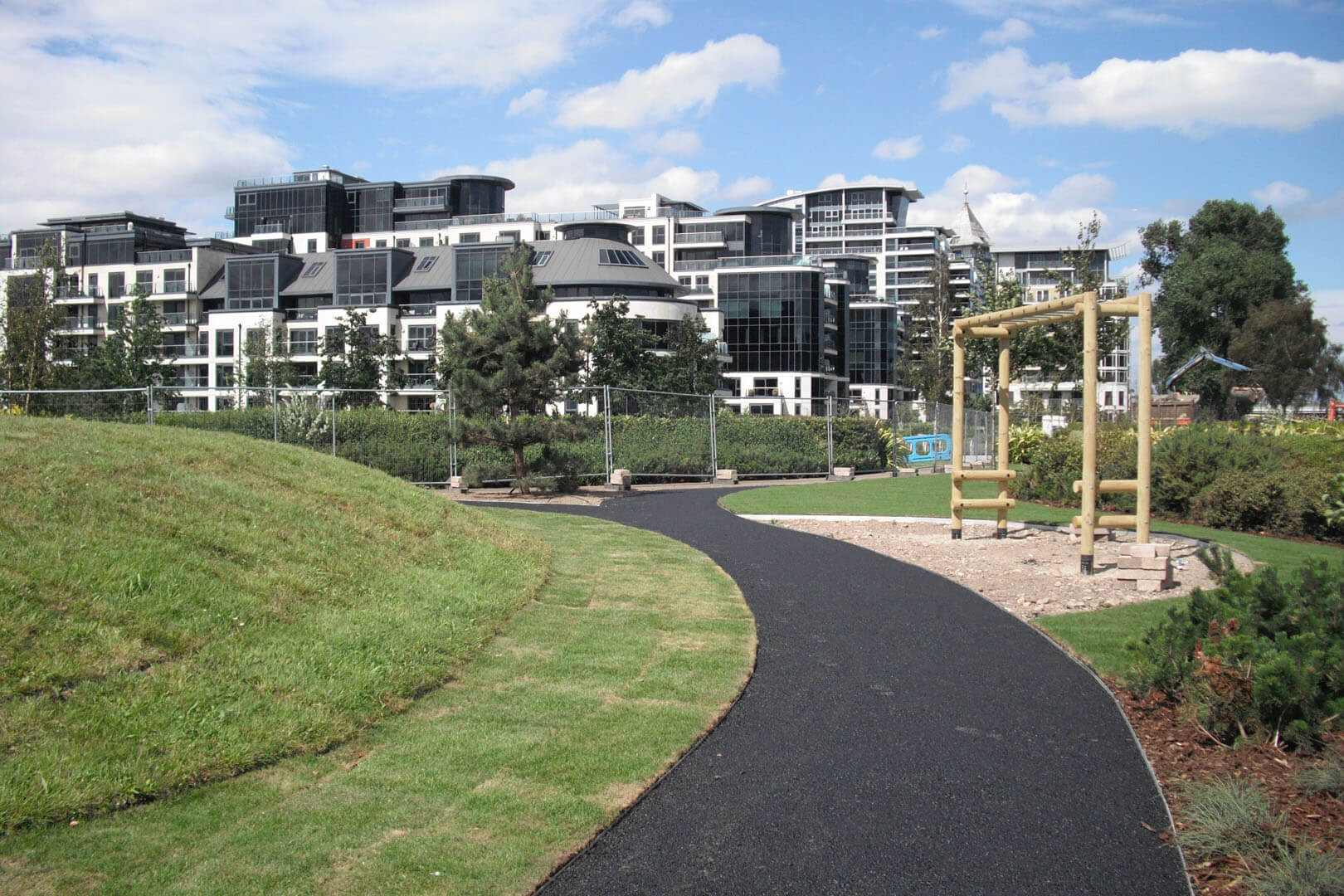
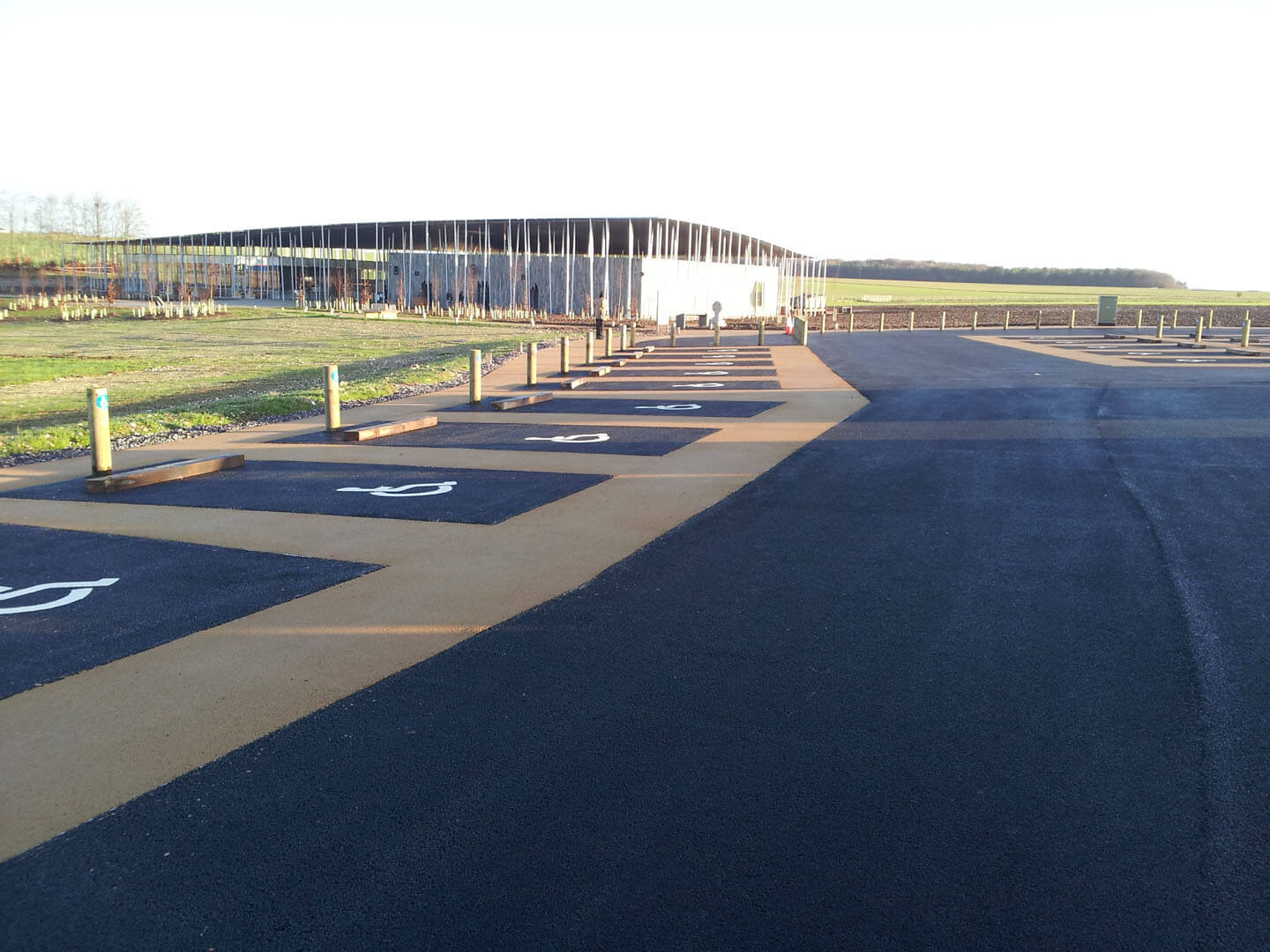
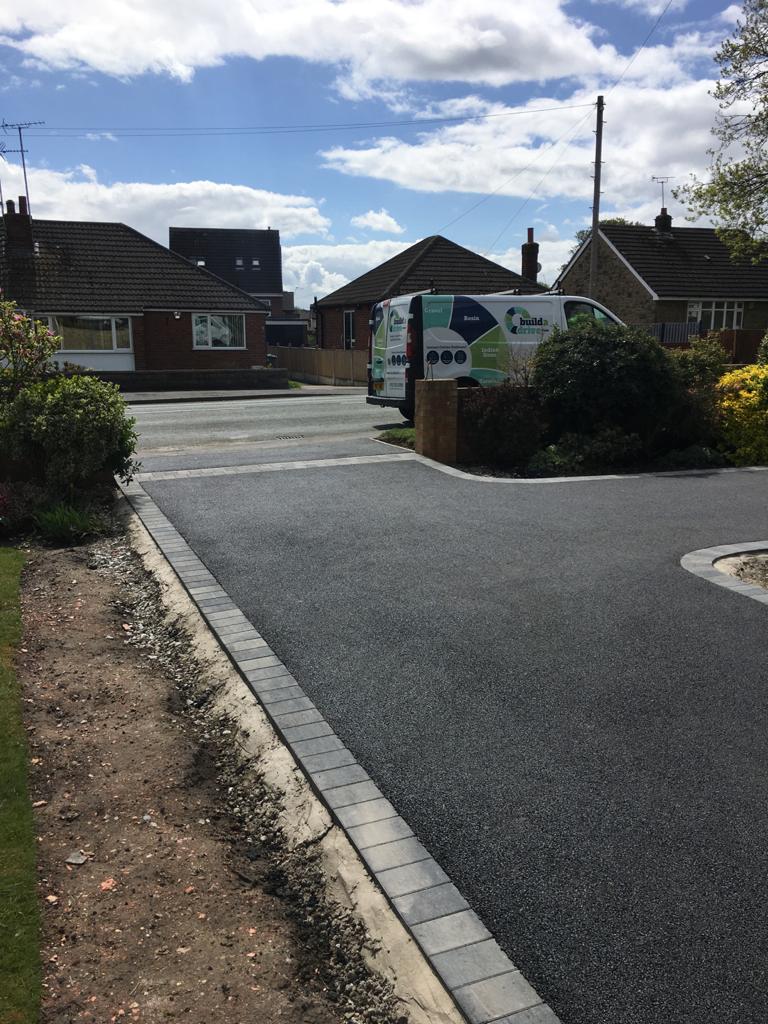
.jpg)

.jpg)
.jpg)
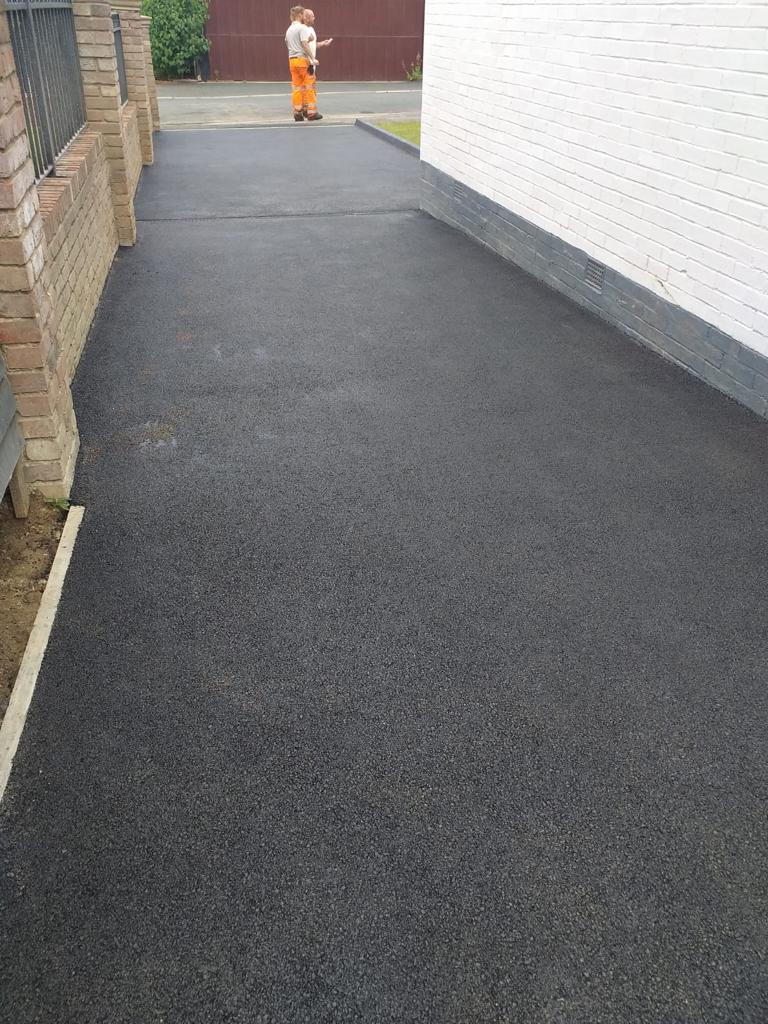
.jpg)
